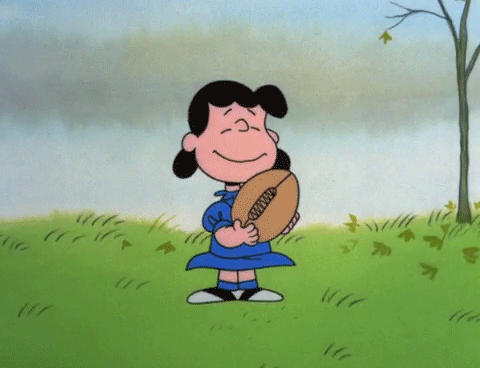
In a funny and timely bit of analysis, a stock reporter at CNBC pointed out that billionaire investing icon Warren Buffett could buy every NFL team.
After all, he has $92.1 billion. The combined value of every franchise comes to $80.7 billion. He could write the check and still easily be in the fraction-of-the-1% club of richest Americans.
Buffet is a big fan of all kinds of sports, even more so than the guys who got rich on stocks and have no problem dropping money on sports-team ownership — Paul Allen (Seattle Seahawks and Portland Trail Blazers), Steve Ballmer (L.A. Clippers), and Mark Cuban (Dallas Mavericks), to name a few.
Buffett’s reason for staying on the sidelines is instructive to serious investors. He knows that sports teams are money losers in many cases, so it’s not about the ticket sales or merchandising.
Instead, Buffett asks the simple question: Who would buy the team from me, if I chose to sell it?
“They’re kind of like art. I mean, they go up in value because there’s just a lot of rich people that want to own one, and there’s more rich people than there are teams,” Buffett said in an interview recently.
“So they compete for ’em. Some of them don’t make much money, as you know, but if you’ve got a lot of money, what are you gonna do with it? Some people buy art, some people buy houses, some people buy boats. I invest, but I’m different.”
Surely Allen, Ballmer and Cuban are perfectly aware of this dynamic. First and foremost, these guys are just fans, sometimes overwrought, highly entertaining fans, at their own games.
And that’s the heart of the problem with investing. We tend to believe that we should be involved in the investment, have “skin in the game,” and believe in the story behind it all.
Rich people buy things like sports teams and artworks because they want to brag about owning something unique.
But what ultimately drives the value of a given investment is the existence of future buyers willing to part with cash for the asset — and that is all.
In the case of stocks and bonds, it’s very easy to prove the value of an investment. Companies generate earnings in excess of inflation. Bonds pay reliable interest.
The number of future buyers of stocks and bonds is enormous. These include current investors — what we call “the market” — but also future savers and investors seeking to protect their cash from inflation.
Cheering from the stands
All of this is geared to economic growth, which can vary of course, but ultimately that’s what drives society forward and the values of investments with it.
When you start talking about investments other than stocks and bonds, now you’re betting on the inverse — a small group of potential investors who compete against each other, and that’s all.
All kinds of “investments” fall into this category. Gold, for instance. Precious metals do not generate earnings. A gold bar, as Buffett has long pointed out, pays no dividend and produces no income.
The value of any metal equals the industrial demand for it and then, after that, the existence of a pool of potential buyers who are convinced that even more buyers will follow them.
Investing is the decision to protect cash from inflation by owning either a business or a debt, a stock or bond. Yes, a sports team is a business, but it’s not a great investment.
Buffett knows that, so he cheers from the stands like everyone else.




